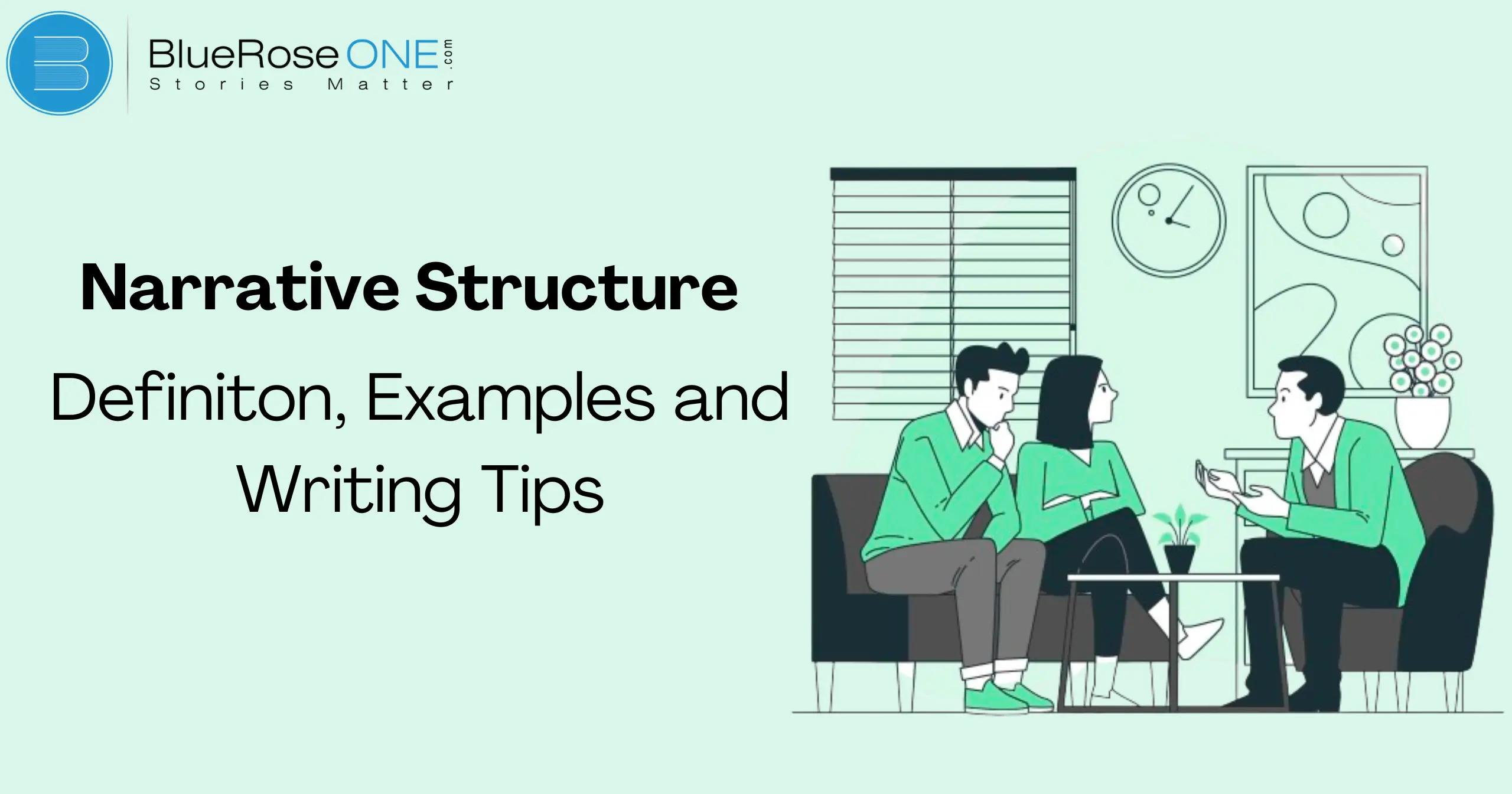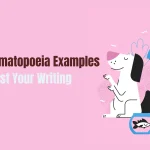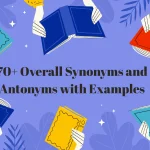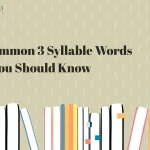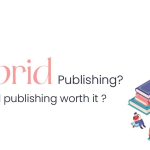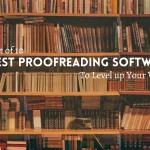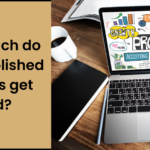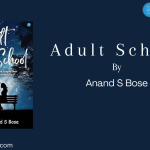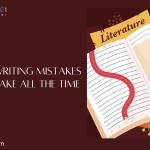Have you ever been so engrossed in a book or movie that you couldn’t put it down or put it on hold? Its magic is frequently brought about by a skillfully written storyline. However, what is narrative structure precisely, and why is it so crucial?
What is Narrative Structure?
The framework that describes how a tale is arranged and delivered to the audience is known as the narrative structure. It covers the chronology, the plot’s development, and the narrative’s tempo.
Circular, non-linear, and linear story formats are common. Knowing narrative structure enables authors to create logical, captivating stories that hold readers’ attention from start to finish.
You may improve your storytelling abilities and produce narratives with greater impact by becoming an expert in narrative structure.
You may also like: What is An Anti-Hero? Traits, Motivations & Famous Examples
Importance of Narrative Structure
The use of narrative structure in storytelling is essential because it arranges the action in a way that draws readers in and maintains their interest.
A well-designed narrative framework guarantees that the story flows naturally and logically by having a distinct beginning, middle, and end. It contributes to the development of characters, the tension, and the gratifying ending.
It is imperative for authors to comprehend narrative structure in order to craft engrossing and cohesive stories that effectively connect with their readership.
You may also read: 5 Act Structure: Definition, Examples and More
Types of Narrative Structures
Non-linear Narrative
A non-linear narrative structure presents events out of chronological order. This technique can involve flashbacks, flash-forwards, or a story told from multiple perspectives.
It adds depth and complexity, allowing readers to piece together the plot in a unique way. This narrative structure keeps the audience engaged and can reveal character development and plot twists in unexpected ways, making the story more intriguing and dynamic.
Circular Narrative
A circular narrative is a unique type of narrative structure where the story ends where it began. This technique creates a sense of completeness and can highlight themes of fate or inevitability.
In a circular narrative, the plot often loops back to the starting point, providing the reader with a deeper understanding of the characters and events. This narrative structure can add depth and complexity to storytelling, making it engaging and thought-provoking.
Framed Narrative
A framed narrative is a storytelling technique where one story is embedded within another. This structure often begins with an outer story that sets the stage for the main narrative.
Classic examples include “The Canterbury Tales” and “Frankenstein,” where the main plot is revealed through the characters’ stories within the frame. This narrative structure helps to provide context, add depth, and enhance the reader’s engagement with the primary storyline.
You may also read: 10 Essential Tips for Improving Your Creative Writing Skills
Elements of Narrative Structure
Plot
The plot is a key element of narrative structure. It refers to the sequence of events that make up a story, guiding the reader from the beginning to the end.
A well-crafted plot includes an introduction, rising action, climax, falling action, and resolution. Each part of the plot contributes to the overall narrative structure, ensuring that the story flows smoothly and keeps the reader engaged. Effective plotting is crucial for creating a compelling and cohesive narrative.
Setting
The setting is a crucial element of narrative structure that provides the time and place where the story occurs. It helps create the atmosphere and context for the characters and events.
A well-defined setting can make a story more immersive and believable, enhancing the reader’s experience. By grounding the narrative in a specific location and period, the setting also influences the plot and the characters’ actions and decisions.
Characters
Any narrative structure revolves around its characters. They emotionally connect readers and advance the plot. Characters who are well-developed have unique motivations, arcs, and personalities that enhance the narrative.
Character development via experiences and interactions results in a dynamic and engrossing plot in a well-crafted narrative structure. A strong narrative framework requires the understanding and creation of complex characters because they give the story life and keep readers interested.
You may also read: Literary Fiction Vs. Genre Fiction: Defintion & Examples
Conflict
Conflict is an essential component of narrative structure, propelling the plot ahead and drawing readers in. It alludes to the main issue or difficulty the protagonist faces, generating suspense and advancing the story towards its resolution.
Conflict, whether it comes from internal strife, character conflict, or opposition to outside forces, not only amplifies drama but also highlights the motivations and assets of the characters. Using conflict well keeps the audience interested, which is why it’s crucial for creating stories that are intriguing.
Resolution
In narrative structure, resolution refers to the conclusion or outcome of the story’s central conflict. It’s where loose ends are tied up, and the main characters often undergo their final transformations or realizations.
This phase gives closure to the narrative, offering readers a sense of fulfillment and understanding. A well-crafted resolution not only resolves the plot but also leaves a lasting impression, reinforcing the themes and messages conveyed throughout the story.
It marks the culmination of events, providing a satisfying end to the journey embarked upon by the characters and readers alike.
You may also like: What is an Unreliable Narrator: Definition and Examples
Linear Narrative Structure
In narrative structure, the linear format is a straightforward storytelling method where events unfold chronologically from beginning to end.
This approach guides the audience through a clear sequence of events, making it easy to follow the plot’s development. Each event leads logically to the next, building tension and engaging the reader or viewer naturally.
Linear narratives are common in many classic novels, movies, and traditional storytelling formats because they provide a cohesive and understandable way to present a story’s progression. This structure helps maintain clarity and coherence, enhancing the overall impact of the narrative.
Books: “Harry Potter” series by J.K. Rowling
Movies: “The Shawshank Redemption”
You may also read: List of Top 10 Famous Durjoy Dutta Books of All Time
Advantages
Easy to follow
An advantage of a well-defined narrative structure is its ease of follow. A clear structure helps readers or viewers navigate the story effortlessly, enhancing engagement and comprehension.
This organized approach ensures that each element of the narrative, from beginning to end, flows logically, making it accessible and enjoyable for the audience.
You may also read: Foreword vs. Preface: Know the Difference
Builds suspense naturally
“Narrative structure” refers to how a story is organized and told. One of its advantages is that it builds suspense naturally. By strategically revealing information and pacing events, a well-crafted narrative structure keeps readers engaged and eager to uncover what happens next, heightening the overall tension and intrigue of the story.
Disadvantages
Can be predictable
In narrative structure, a disadvantage can be its predictability. When a story follows a familiar pattern, readers might anticipate plot twists or character arcs, reducing surprise or engagement.
Balancing structure with originality ensures your narrative remains compelling and avoids becoming overly formulaic.
Limited flexibility
In narrative structure, one disadvantage is limited flexibility. This refers to the constraints imposed by adhering strictly to a predefined structure like chronological order or a specific narrative arc.
While structure provides coherence, it can restrict creativity and spontaneous storytelling choices, potentially limiting the narrative’s depth and variety of perspectives.
You may also like: How to Write Faster: 8 Useful Techniques
Non-linear Narrative Structure
A non-linear approach to narrative structure presents events out of chronological order, departing from conventional chronological order.
This strategy adds depth and excitement to stories, making them better. Non-linear narratives entice readers or viewers to solve the plot’s puzzle by releasing bits of the story at different points in time.
This technique is commonly applied to build tension, delve deeply into character development, or draw attention to theme contrasts. Examples include films like “Pulp Fiction,” where the plot shifts between several eras to keep viewers interested and improve the narrative structure as a whole.
Examples
- Books: “Slaughterhouse-Five” by Kurt Vonnegut
- Movies: “Pulp Fiction”
You may also like: Ten Startegies to Handle Negative Reviews | BlueRoseOne
You may also read: 150+ Positive Words That Start with O to Brighten Your Vocabulary
Choosing the Right Narrative Structure
Factors to Consider
When choosing the right narrative structure for your story, several factors should be considered. Firstly, think about the story’s complexity and how you want to reveal information to your readers.
A linear structure, where events unfold chronologically, is straightforward and easy to follow, making it suitable for clarity. On the other hand, a non-linear structure, with flashbacks or parallel narratives, can add depth and intrigue but requires careful handling to avoid confusion.
Additionally, consider the emotional impact you aim to create and how the chosen structure can enhance or detract from this goal. By evaluating these factors, you can effectively employ narrative structure to engage your audience and convey your story’s essence.
Matching Structure to Story
If you want to write a coherent and interesting piece of writing, you must match the narrative framework to your story. The way events develop and are presented to the reader is determined by the narrative structure, which is also sometimes referred to as the framework or core of a story.
Achieving the ideal structure requires matching the storytelling technique with the character development, timing, and intricacy of the plot.
Whether it’s a dual narrative, nonlinear sequence, or linear timeline, all of these structures work to improve the impact of the story by efficiently arranging the plot points.
By maintaining clarity and emotional resonance throughout the storytelling process, authors can create narratives that connect with their audience by having a solid understanding of narrative structure.
You may also like: How to Become an Author in 2024: An Essential Guide for Beginners
Tips for Writing a Strong Narrative Structure
Planning Your Plot
It’s essential to comprehend narrative structure when developing your story. Start by summarizing the main points of the story: character and setting introduction, growing action that develops conflicts, climax that peaks tension, and conclusion that resolves problems.
This format keeps readers interested from beginning to end and aids in the continuity of the plot. You can make sure your narrative flows naturally and effectively communicates the ideas and messages of your story by carefully arranging each step. This method improves the impact of your storytelling while also logically organizing your plot.
Developing Characters
Character development is a crucial aspect in creating an engaging story framework. The plot moves forward and emotionally connects readers thanks to the characters.
To begin with, give each character unique qualities, drives, and histories that shape their choices and actions throughout the story. Demonstrate how they have grown and changed over time, enabling them to adapt to new situations.
This progression strengthens the story’s depth and keeps readers interested in the characters’ travels, which improves the coherence and effect of the narrative structure as a whole.
You may also like: List of Top 10 Nikita Singh Books of All Time
Building Suspense and Tension
Creating tension and suspense is essential to creating an engaging story structure. To keep readers guessing, revealing information gradually is one useful tactic.
Start with little clues or incidents that hint at something to pique interest. Gradually raise the stakes by posing challenges or difficulties to the protagonist.
Pacing can be used to manage the information flow and create suspense before important events. Through the skillful use of these components, authors may captivate readers and keep them turning pages in anticipation of the story’s resolution.
Crafting a Satisfying Resolution
Crafting a satisfying resolution is crucial in narrative structure as it ties together the story’s elements and leaves a lasting impact on the reader. A strong resolution should resolve the main conflict or problem faced by the characters in a believable and fulfilling way.
It should also provide a sense of closure while leaving room for reflection or anticipation. By carefully resolving plot threads and character arcs, writers can ensure that their narratives feel complete and leave a lasting impression on their audience.
You may also read: Looking for Professional Copy Editing?
Why is narrative structure important in storytelling?
Because it gives the story consistency and structure, narrative structure is crucial for drawing readers in and successfully communicating meaning.
Effective narrative structure allows authors to maintain narrative momentum, create tension, and provide a satisfying conclusion—all of which help readers or viewers remember a story long after they’ve put it down or finished watching it.
Conclusion
Becoming an expert storyteller requires mastering narrative structure. Your writing can reach new heights if you know the various kinds of narrative structures and know how to use them well, whether you’re creating a short story, novel, or film.
You may write tales that engage and resonate with readers or viewers by selecting the appropriate structure for your story, avoiding common traps, and improving your technique.

